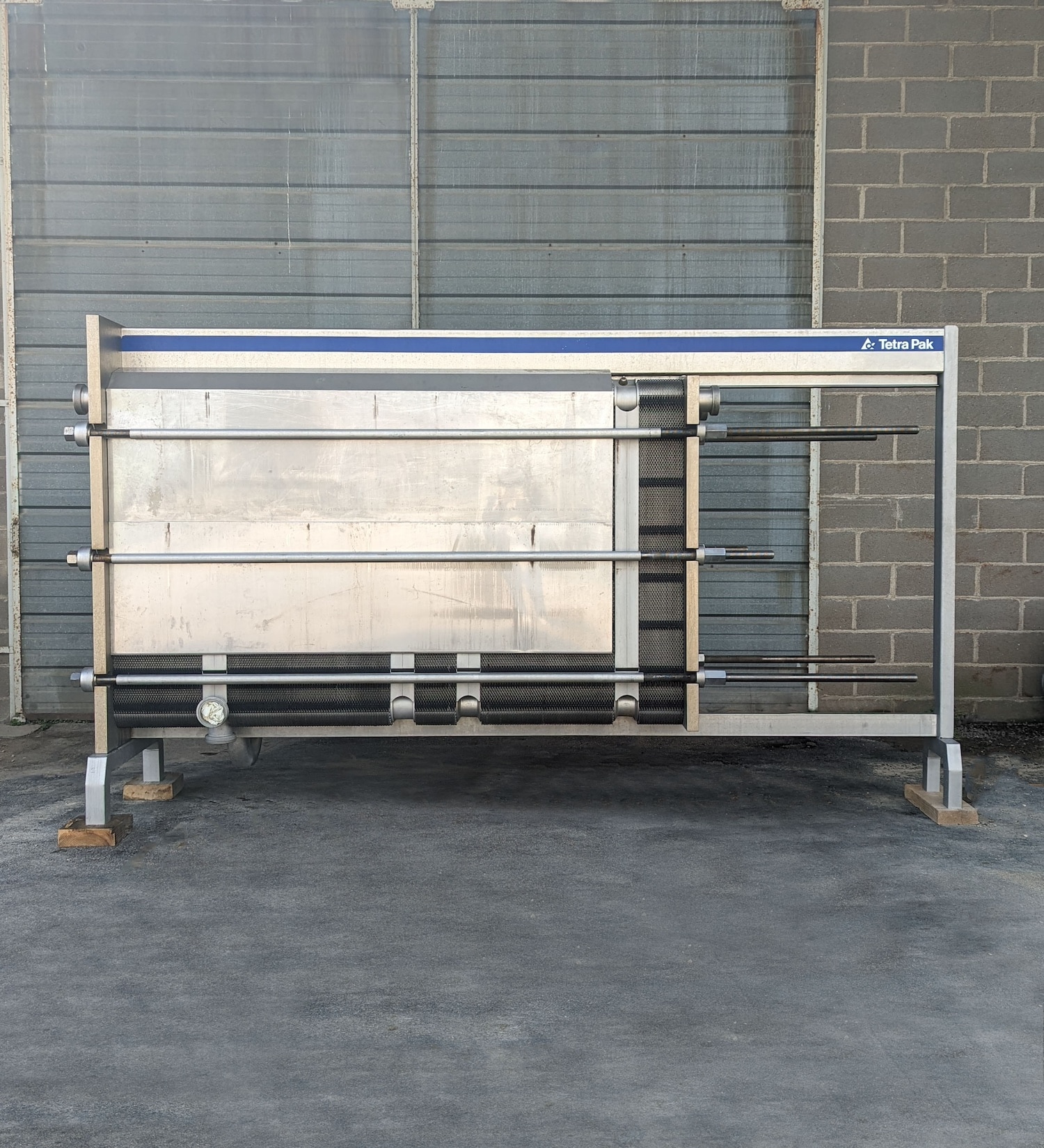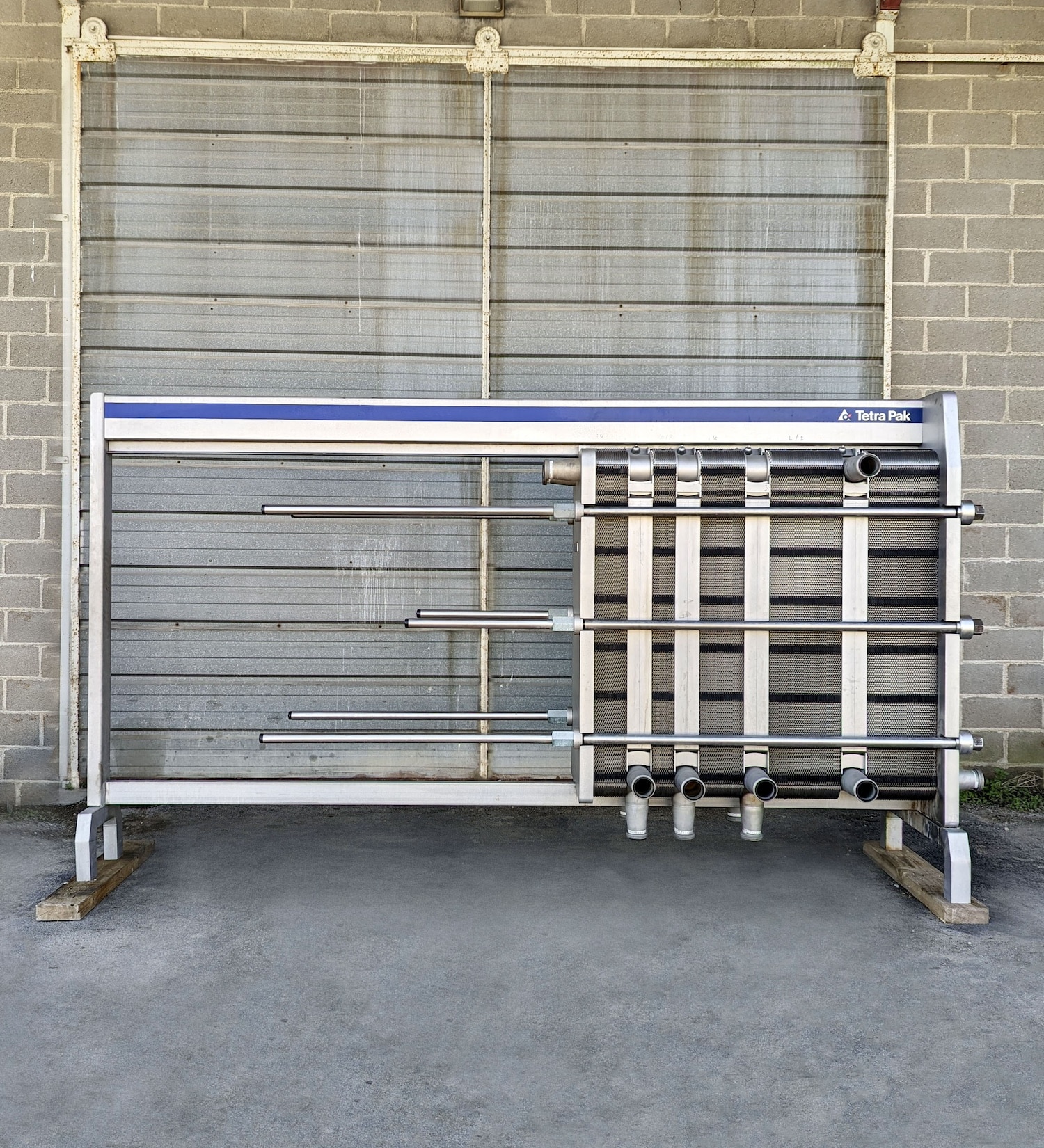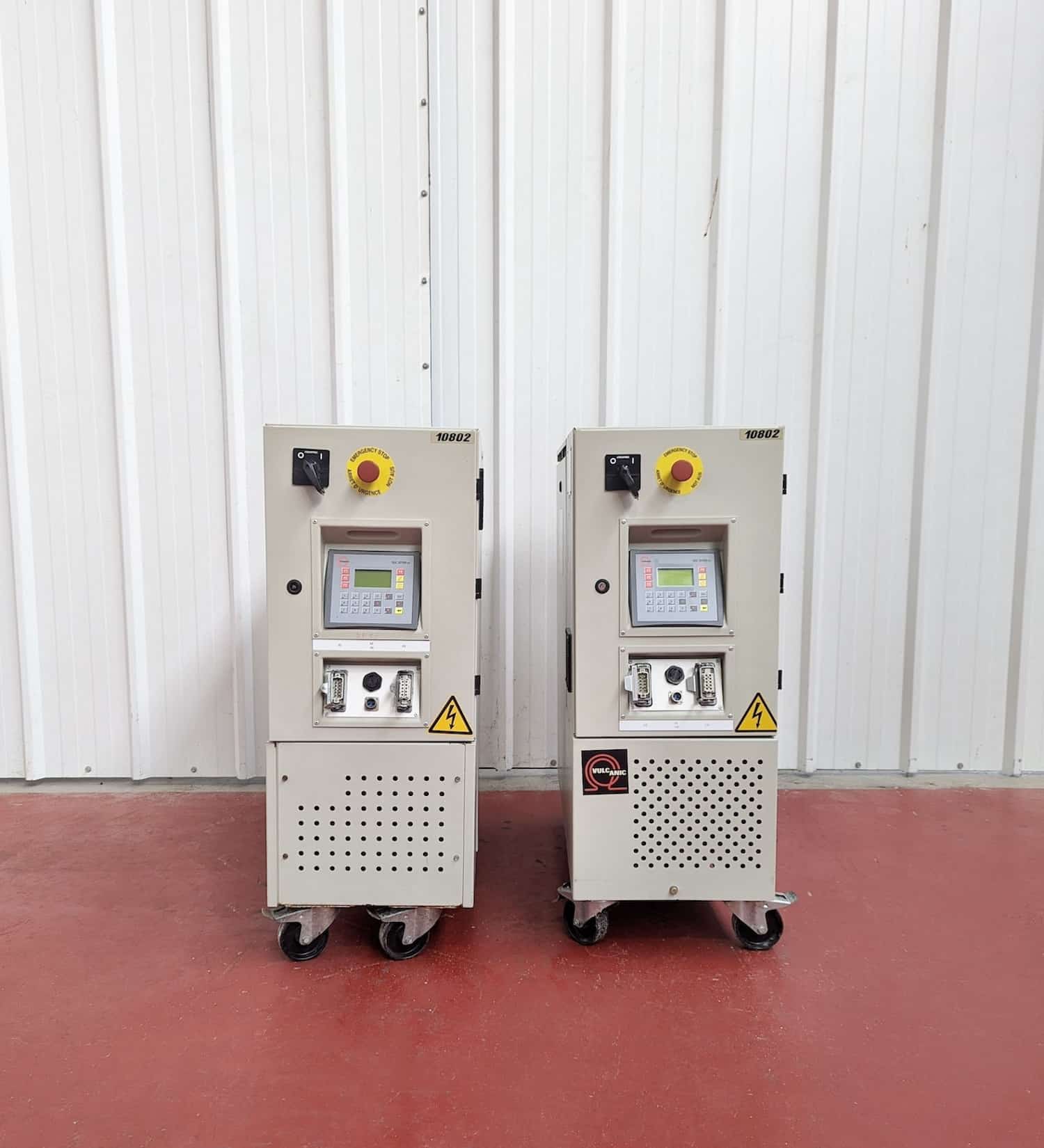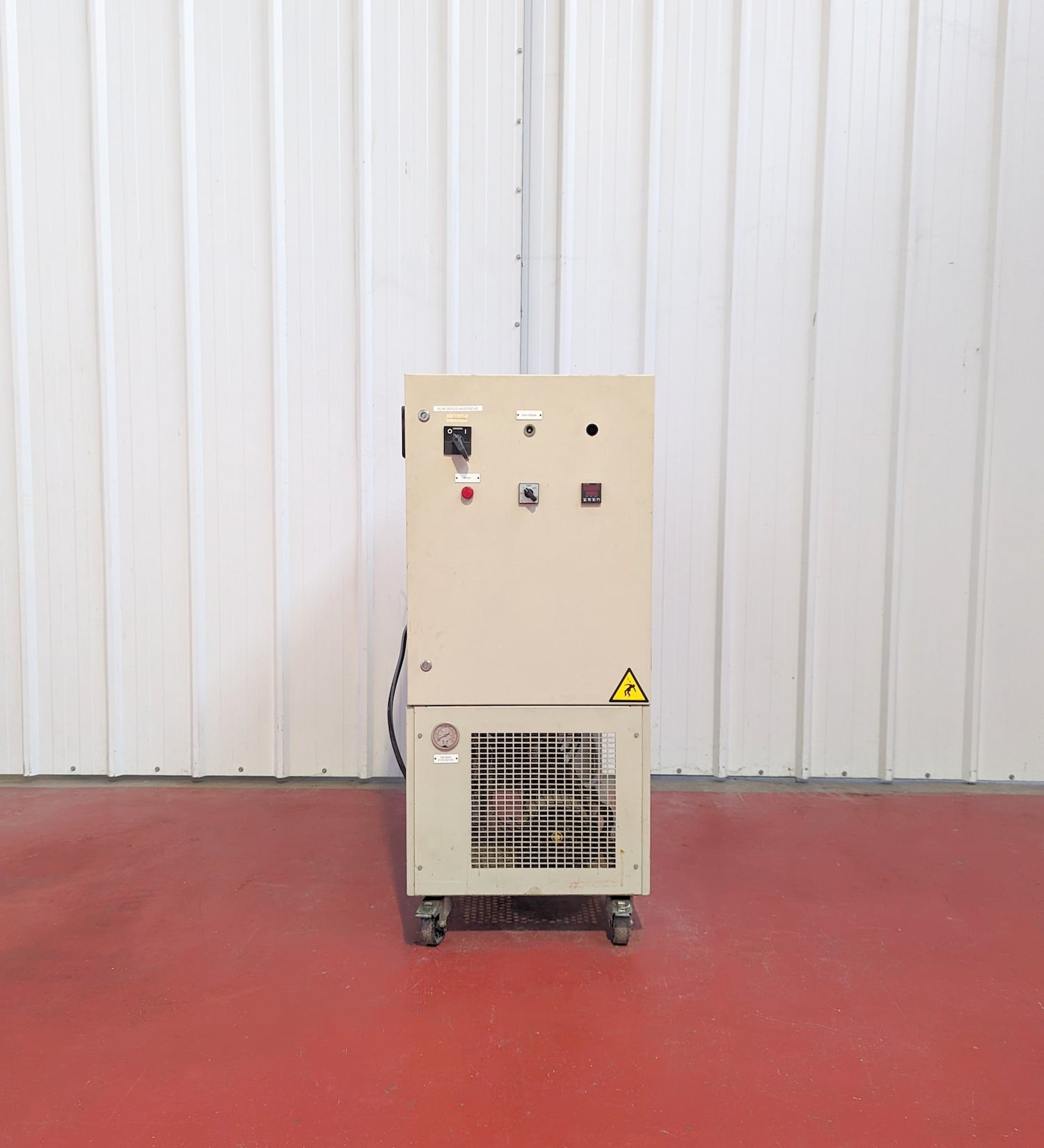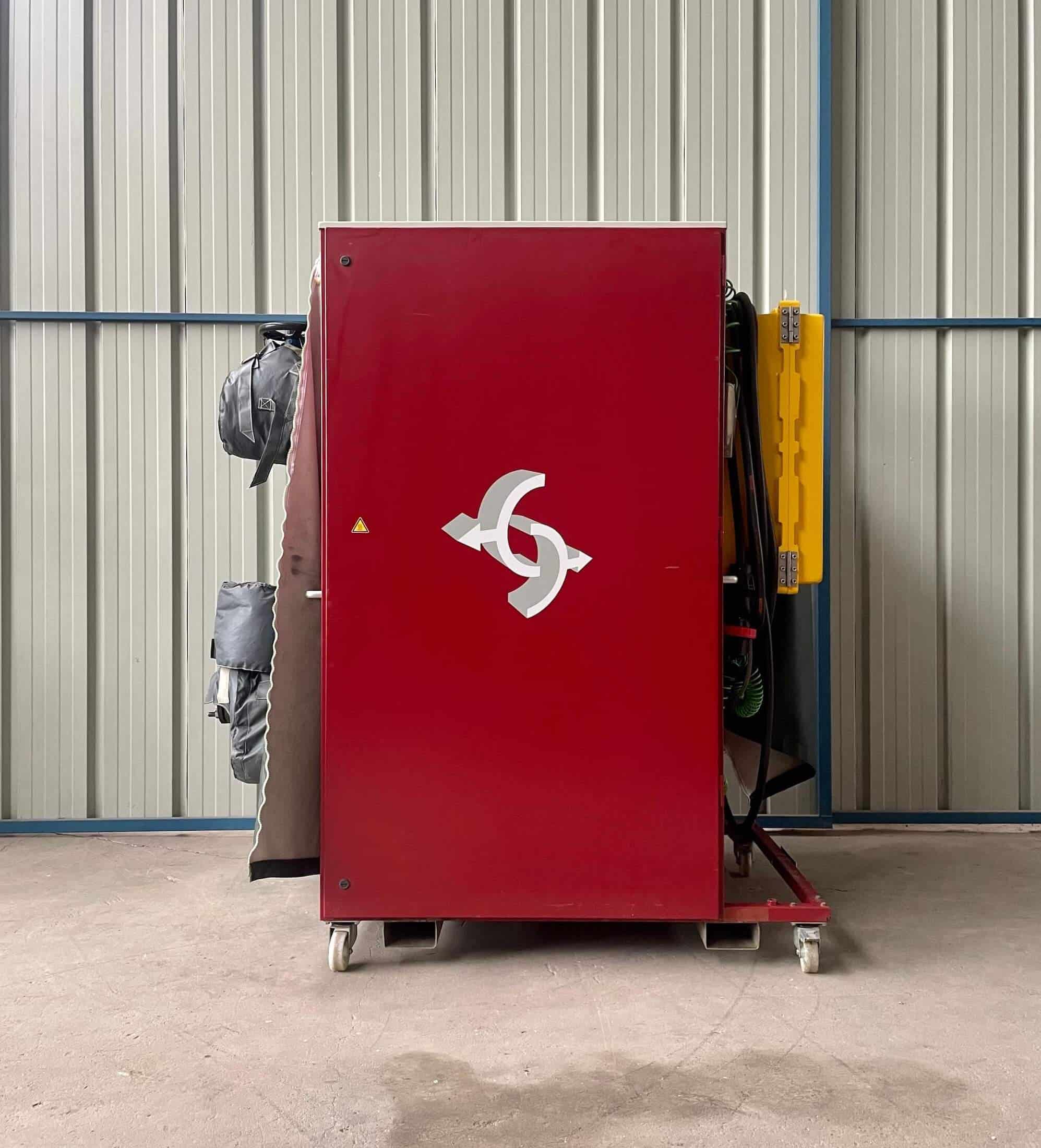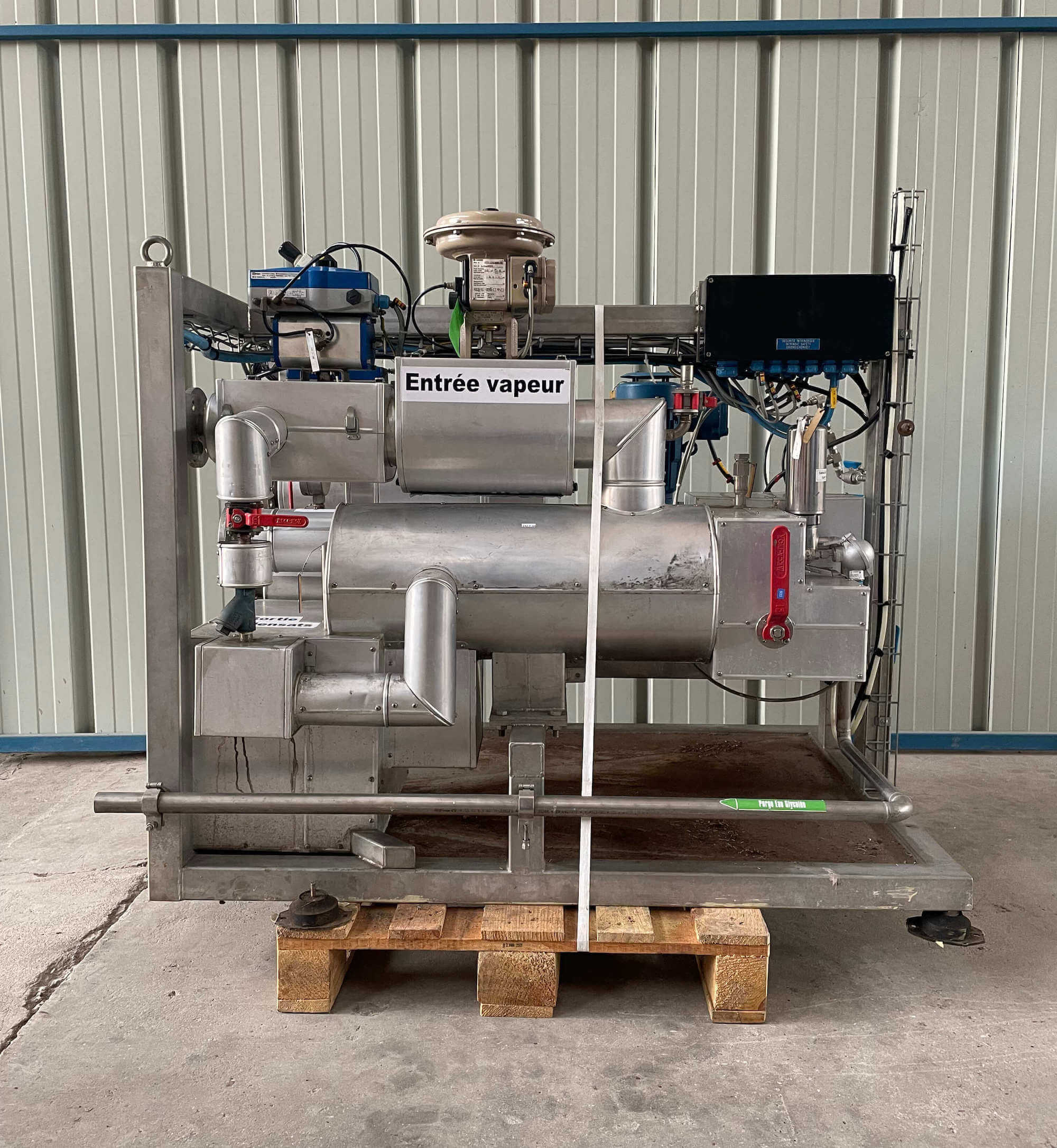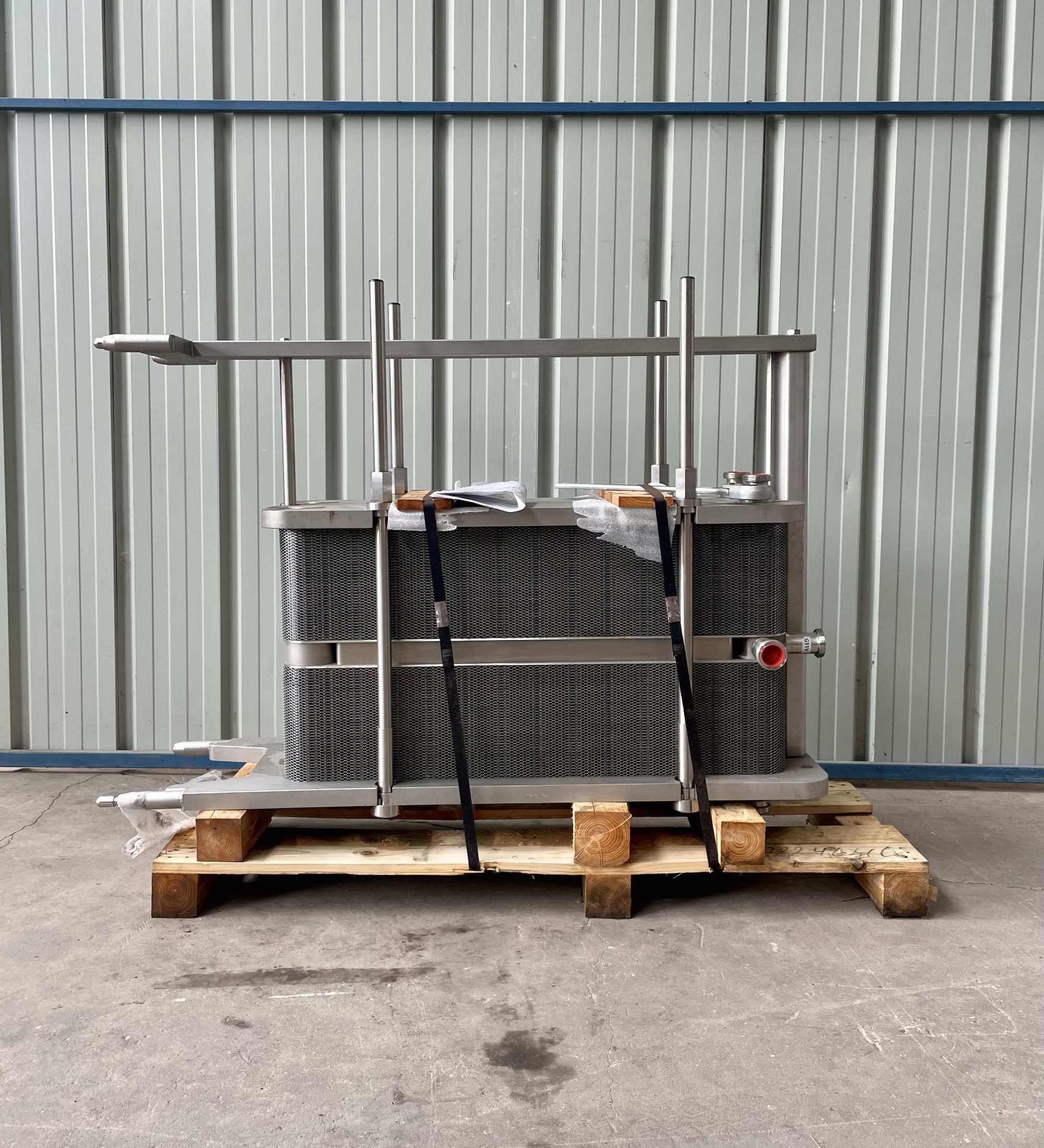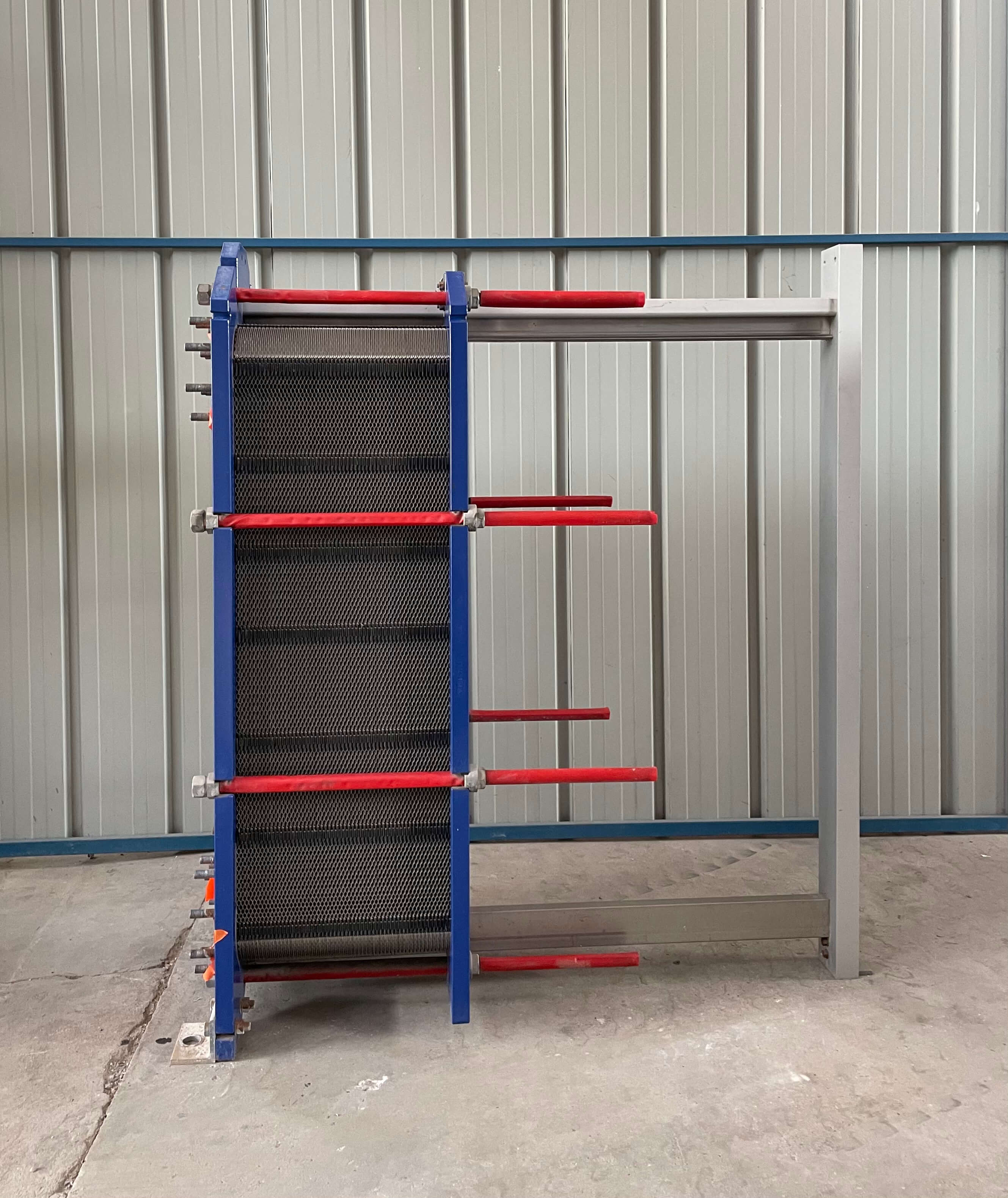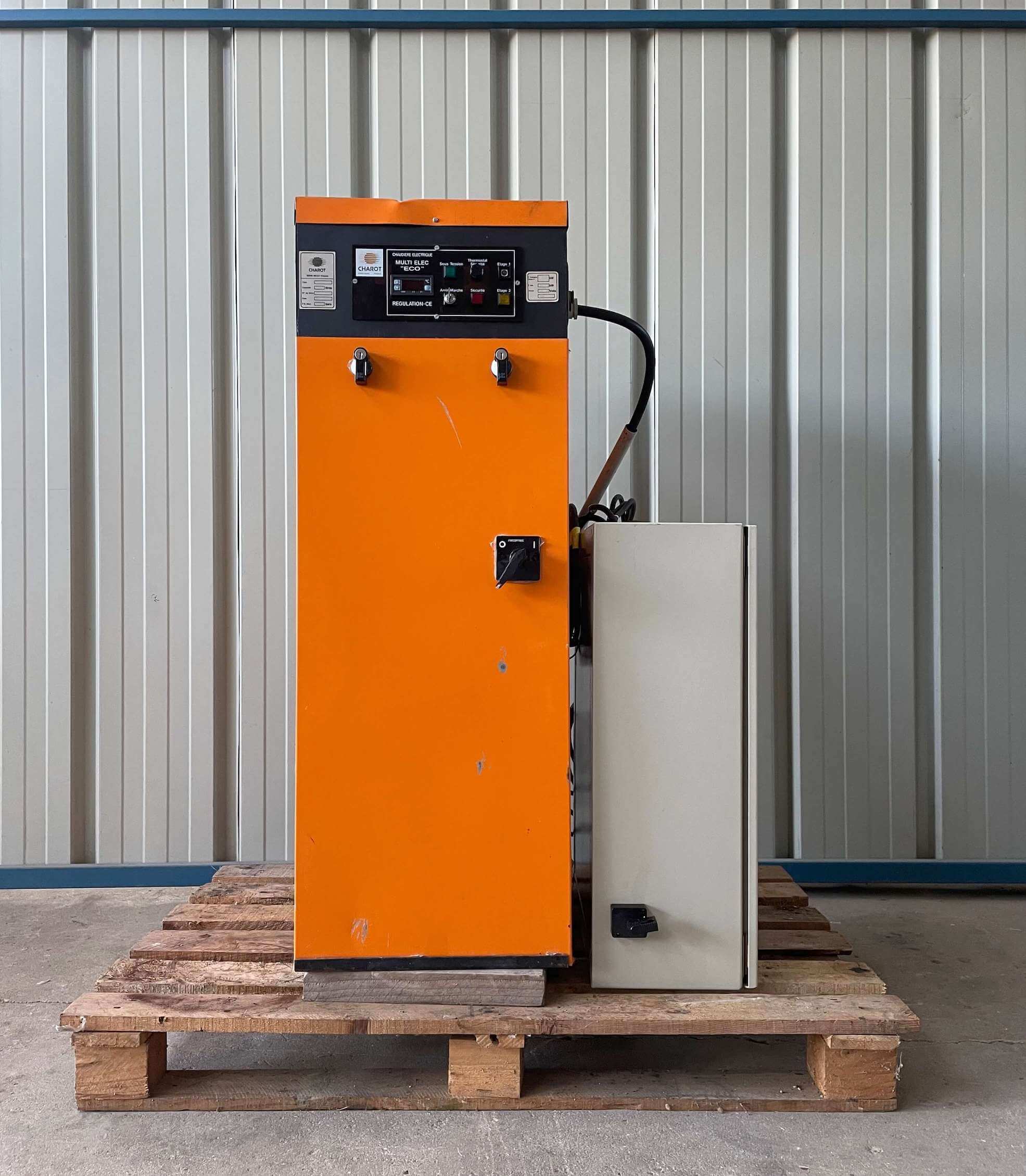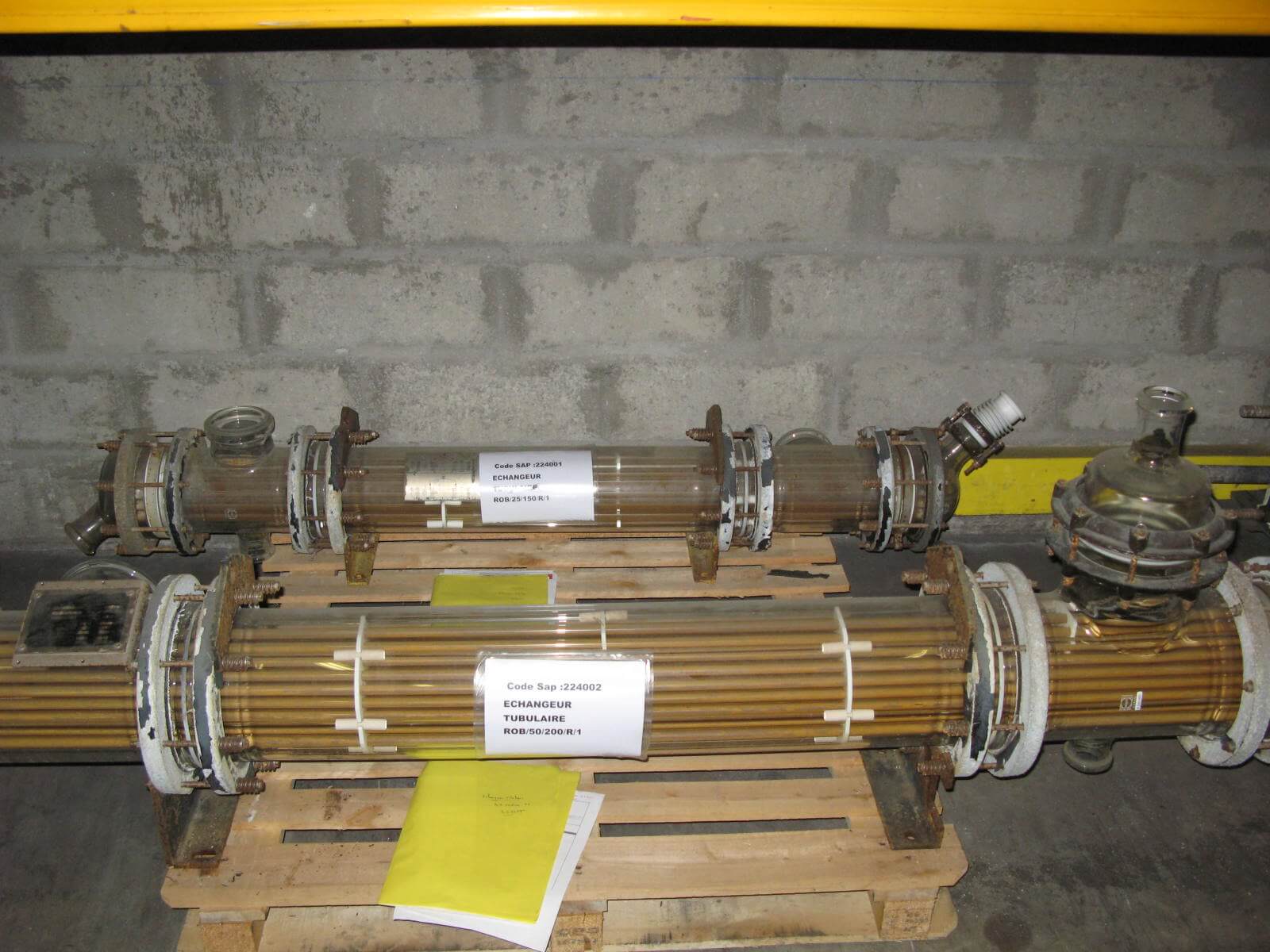How a heat exchanger works?
A heat exchanger is a system for transferring thermal energy from a fluid to another without mixing them. The heat flow passes through an exchange surface that separates the fluids.
The heat exchanger is an essential element in industry. It ensures the transfer of heat between two fluids and prevents them from being mixed. This transfer takes place through a screen with a high conductive capacity.
It allows the transfer of heat energy from one fluid to another without mixing them.
The heat exchange always takes place by convection or conduction. The larger the exchange surface is, the more efficient the exchange will be.
This equipment is determined by the fluids present, the desired goal and the thermal power/performance to use. These criteria determine its optimum shape and dimensions.
The exchangers operate according to the nature of the fluids: water, oil, air.
The different types of heat exchangers
There are different types of heat exchangers. These are used in different industries (pharmaceutical, food processing, cosmetics, chemical, etc.). This equipment is very often made of stainless steel.
Plate heat exchanger
The fluids move on either side of the plates, which are generally corrugated. This type of heat exchanger is frequently used because it is very efficient.
Plates used in this system can be :
- Gasket plates
- Welded plates
- Brazed plates
- Plates assembled by fusion
The plate heat exchanger is becoming really popular in industry. It consists of a large number of plates arranged in the shape of a yarn and separated from each other by a space of a few millimetres where the fluids circulate.
The perimeter of the plates is bordered by a joint that allows compression of the unit in order to avoid the risk of leaks, both between the two fluids and to the outside.
Shell and tube exchanger
The shell-and-tube heat exchanger, also known as a tubular heat exchanger, consists of many tubes which are placed in a shell-and-tube arrangement. One of the fluids circulates inside the tubes and the other circulates inside the shell, around the tubes.
Sometimes a baffle is added to the grille. This helps to promote turbulence and improve heat transfer. Vanes can also be added to tubes to increase the heat exchange surface area when the fluids present have very different exchange coefficients.
At each bundle end a distribution box is attached. It ensures the circulation of the fluid inside the tubes in one or more passages. The shell is also equipped with input and output nozzles for the second fluid following the path imposed by the baffles.
The heat exchanger resists pressure very well. This is why it is used in powerful installations.
Spiral heat exchanger / cooling coils
A coil-shaped heat exchanger uses a tube that is immersed in water. The primary fluid flows through the coil and heats the secondary fluid in which the tube is submerged.
It can be found in buffer tanks with an exchanger or in air conditioners, for example.
Other types of heat exchangers
Other heat exchangers are also visible in the industrial landscape. Some are intended for very specific uses. Some of them are for very specific uses:
- The block or microchannel exchanger
- The plate finned exchanger
- The block exchanger
- Cooling tower


